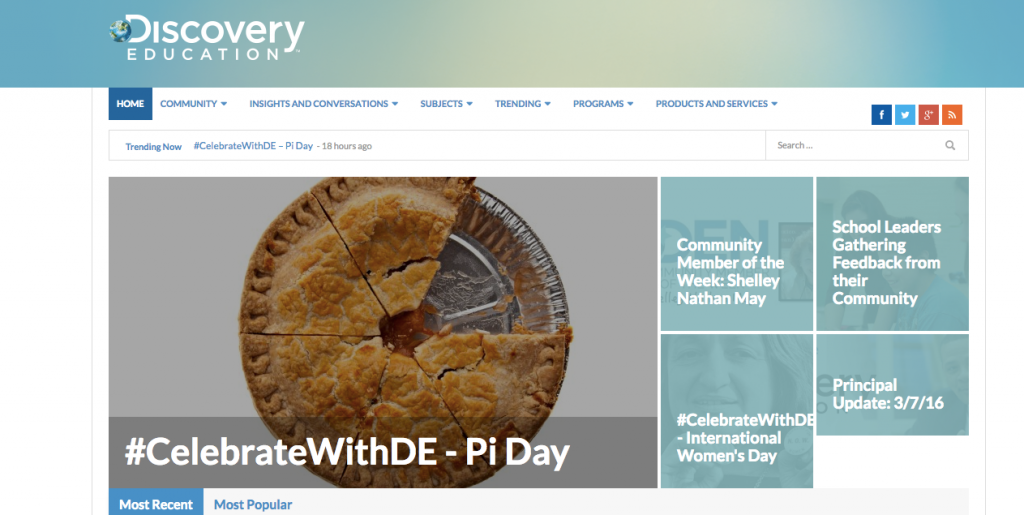
Hope locates itself in the premises that we don’t know what will happen and that in the spaciousness of uncertainty is room to act. When you recognize uncertainty, you recognize that you may be able to influence the outcomes — you alone or you in concert with a few dozen or several million others. Hope is an embrace of the unknown and the unknowable, an alternative to the certainty of both optimists and pessimists. Optimists think it will all be fine without our involvement; pessimists take the opposite position; both excuse themselves from acting. It’s the belief that what we do matters even though how and when it may matter, who and what it may impact, are not things we can know beforehand. We may not, in fact, know them afterward either, but they matter all the same, and history is full of people whose influence was most powerful after they were gone.
Rebecca Solnit from Brain Pickings

een here is the breathtaking ceiling fresco at Seitenstetten Abbey in Lower Austria. While the monastery was first founded in 1112, the fresco was not painted until 1735 by artist Paul Troger. The piece is entitled, The Harmony between Religion and Science, and can be found in the abbey’s Marble Hall.
To see the full 5810×3936 pixel image on Wikimedia Commons, click here.
Waste Audit March 2, 2016 Results and Report – a great report by the Green Team!
Assembly: Friday, March 11 @ 2:00 p.m.
Andrea: St. Anthony Catholic School collected garbage, compost, and paper recycling on Tuesday, March 1, 2016 for our second school wide waste audit. On Wednesday, March 2, the Green Club weighed the bags of garbage, compost, and paper recycling. We also looked at what items were in each bag.
Mohamed: For the recycling paper audit, we found 99% of what we put in the black recycle bin is actually recyclable which is excellent. Remember only paper and cardboard goes in the black recycle bins.
Anarrisa: For the compost bins, we found 100% of what we put into the compost bin goes in the compost bin. We found bananas, apples, paper towel, and tissue in these bins. This is FANTASTIC.
Justin: For the garbage, we found 60% of what we put in the garbage can is actually garbage. That means that 40% of what we throw out should go somewhere else like the compost bin. Only wrappers go into the garbage. All yogurt containers, juice boxes, plastic spoons or forks go back home- remember these are ‘boomerang ‘ items. All paper towel or tissues go into the compost bin too. The staff room garbage really really needs improving.
Michael: So the next time, you decide to throw something out in the garbage- think again and again! Make sure it is truly garbage. If you are not sure, just ask a teacher or a friend. We will continue to have weekly waste checks and audits until the end of the school year.
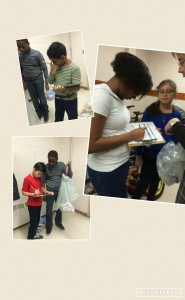
St. Anthony This Week
Monday, March 21
Sabina in all this week
Welcome back everyone – I hope you all had a restful March Break!
Tuesday, March 22
Paul away all day
Tuesday, March 22- Earth Hour from 10:00-11:00 am (slideshow) Teachers plan on doing something special during this hour (class pledge, reading, board games, etc.). Then distribute Hydro Ottawa stickers to each student. Stickers were in your mailboxes yesterday.
2016 Earth Hour 10:00-11:00
Orkidstra Today in learning commons
Wednesday, March 23
Wastefree Wednesday Today
Orkidstra Today at Cambridge
Thursday, March 24
Recycle Day at St. Anthony Catholic School- PLEASE recycle today – all material to be left inside near the parking lot door
Papa Jack Popcorn
Orkidstra Today in learning commons
Stations of the Cross at St. Anthony Church
| 8:40 – 9:00 AM |
Mrs. Draper/Mrs. Turner FDK2 |
| 9:00 – 9:20 AM |
|
| 9:20 – 9:40 AM |
Mrs. Colaiacovo 5/6 |
| recess |
|
| 10:10 – 10:30 AM |
|
| 10:30 – 10:50 AM |
|
| 10:50 – 11:10 AM |
Rupnik PLC AM |
| LUNCH |
|
| 12:30 – 12:50 PM |
Ms. Myers Grade 1 |
| 12:50 – 1:10 PM |
Mrs. Manzoli grade 3/4 |
| 1:10 – 1:30 PM |
Rupnik PLC PM |
Friday, March 25
Good Friday – school closed

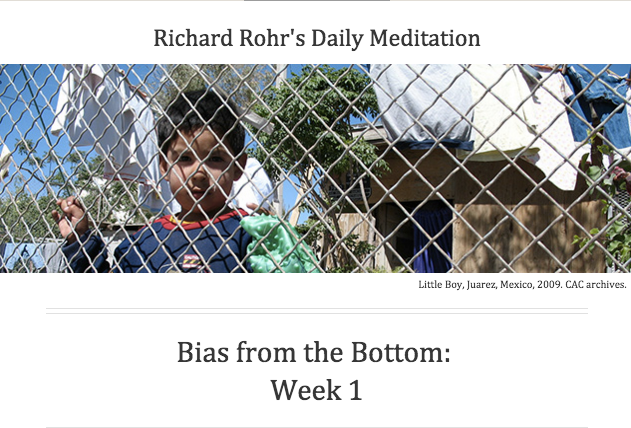
Liberation Theology
Richard Rohr
Sunday, March 20, 2016
One of the great themes of the Bible, which begins in the Hebrew Scriptures and is continued in Jesus and Paul, is called “the preferential option for the poor”; I call it “the bias toward the bottom.” We see the beginnings of this theme about 1200 years before Christ with an enslaved people in Egypt. Through their history God chooses to engage humanity in a social and long-standing conversation. The Hebrew people’s exodus out of slavery, through twists and turns and dead ends, finally brings them to the Promised Land, eventually called Israel. This is a standing archetype of the perennial spiritual journey from entrapment to liberation. It is the universal story.
Moses, himself a man at “the bottom” (a murderer on the run and caring for his father-in-law’s sheep), first encounters God in a burning bush (Exodus 3:2). Like so many initial religious experiences, this happens while Moses is alone–externally and interiorly. The encounter is nature-based and transcendent at the same time: “Take off your shoes; this is holy ground” (see Exodus 3:5). This religious experience is immediately followed by a call to a very costly social concern for Moses’ own oppressed people, whom he had not cared about up to then. God said, “I have heard the groaning of my people in Egypt. You, Moses, are to go confront the Pharaoh and tell him to let my people go” (see Exodus 3:9-10).
There, at the very beginning of the Judeo-Christian tradition, is the perfect integration of action and contemplation. First, the transformative experience takes place through the burning bush. Immediately it has social, economic, historical, and political implications. How did we ever lose sight of this when our Scriptures and tradition begin this way? The connection is clear.
There is no authentic God experience that does not situate you in the world in a very different way. After an encounter with True Presence you see things quite differently, and it gives you freedom from your usual loyalties and low-level payoffs–the system that gave you your security, your status, your economics, and your very identity. Your screen of life expands exponentially. This transformation has costly consequences. Moses had to leave Pharaoh’s palace to ask new questions and become the liberator of his people.
I believe the Exodus story is the root of all liberation theology, which Jesus fully teaches and exemplifies, especially in the three synoptic Gospels (see Luke 4:18-19). Jesus is primarily a healer of the poor and powerless. That we do not even notice this reveals our blindness to Jesus’ obvious bias.
Liberation theology focuses on freeing people from religious, political, social, and economic oppression (i.e., what Pope John Paul II called “structural sin” and “institutional evil”). It goes beyond just trying to free individuals from their own particular “naughty behaviors,” which is what sin now seems to mean to most people in our individualistic culture. Structural sin is accepted as good and necessary on the corporate or national level. Large organizations–including the Church–and governments get away with and are even applauded for killing (war), greed, vanity, pride, and ambition. Yet individuals are condemned for committing these same sins. Such a convenient split will never create great people, nations, or religions.
Liberation theology, instead of legitimating the self-serving status quo, tries to read reality, history, and the Bible not from the side of the powerful, but from the side of the pain. Its beginning point is not sin management, but “Where is the suffering?” Our starting point makes all the difference in how we read the Bible. Jesus spends little time trying to ferret out sinners or impose purity codes in any form. He just goes where the pain is. I dare you to try to disprove that.
Gateway to Silence
Humble me.
References:
Adapted from Richard Rohr, Gospel Call for Compassionate Action (Bias from the Bottom) in CAC Foundation Set (CAC: 2007), CD, MP3 download;
and Job and the Mystery of Suffering (The Crossroad Publishing Company: 1998), 126.

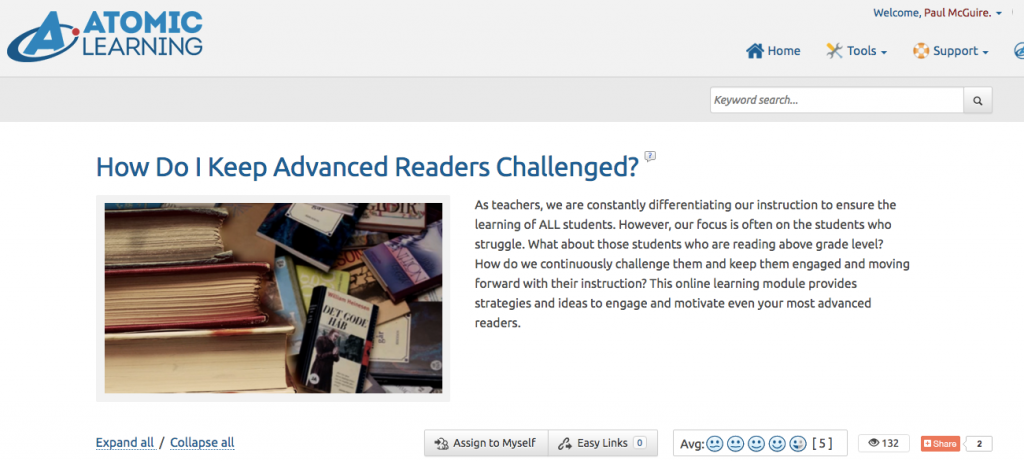
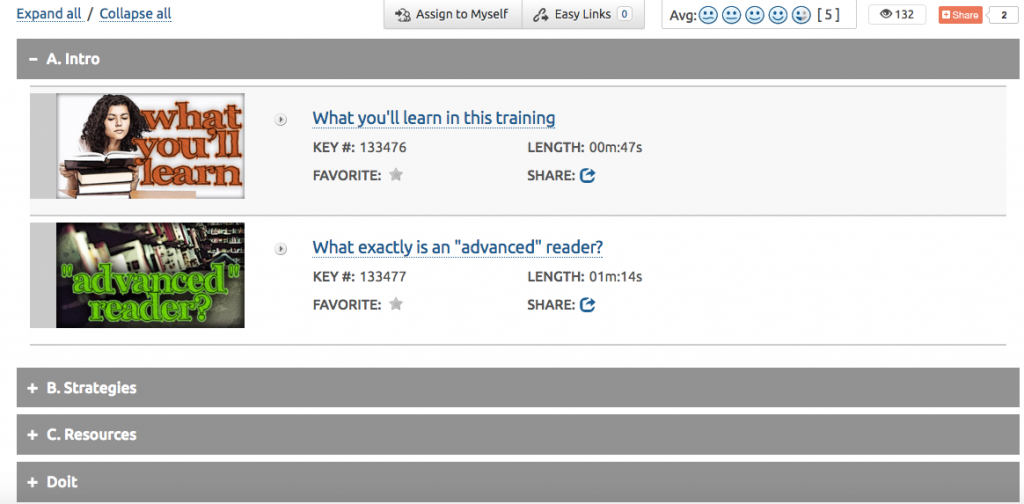



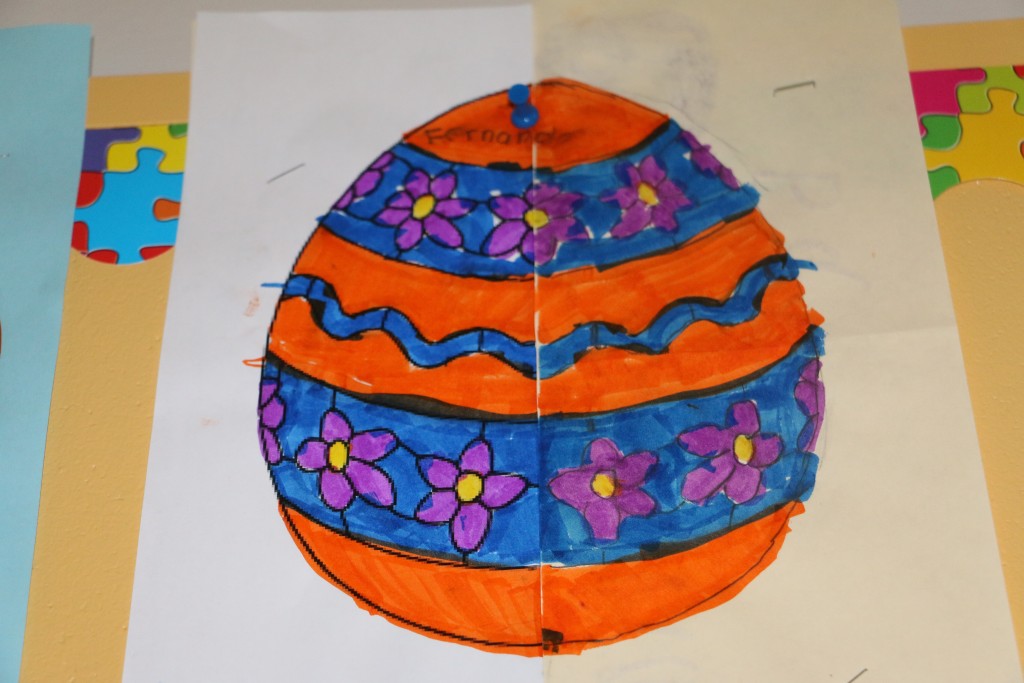
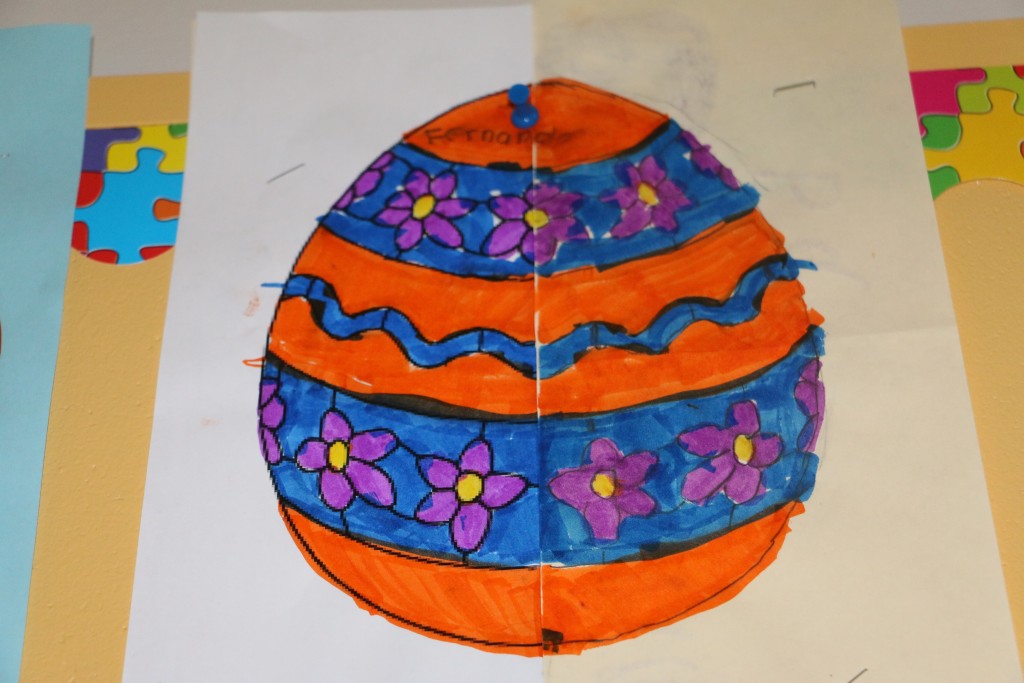




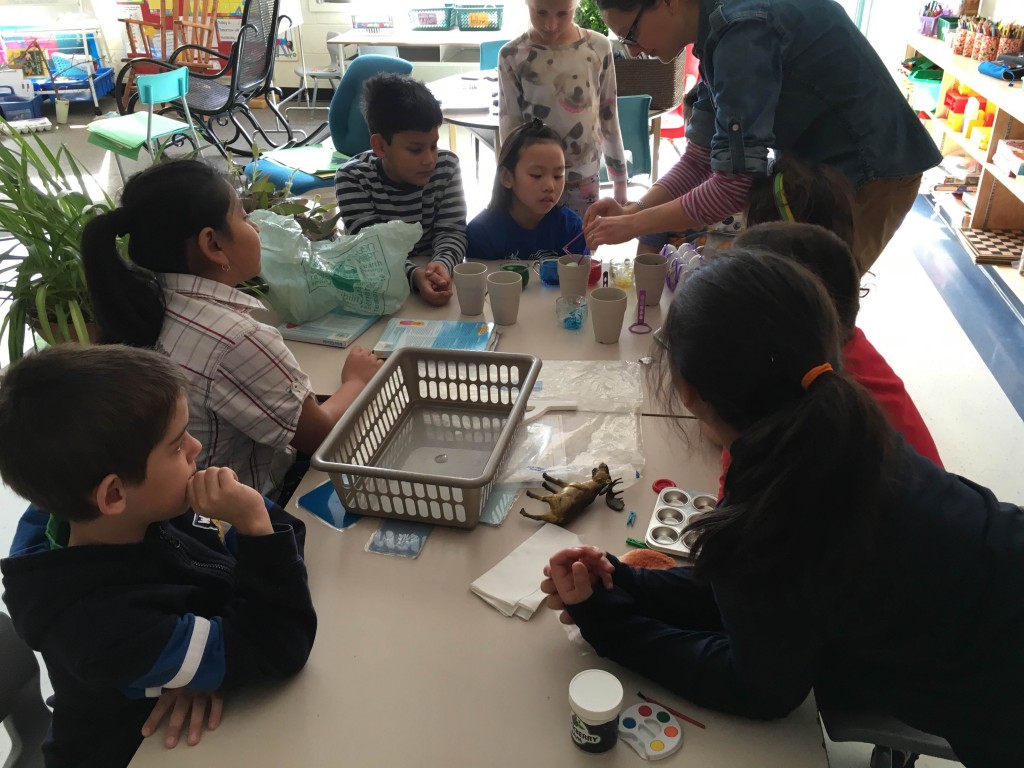

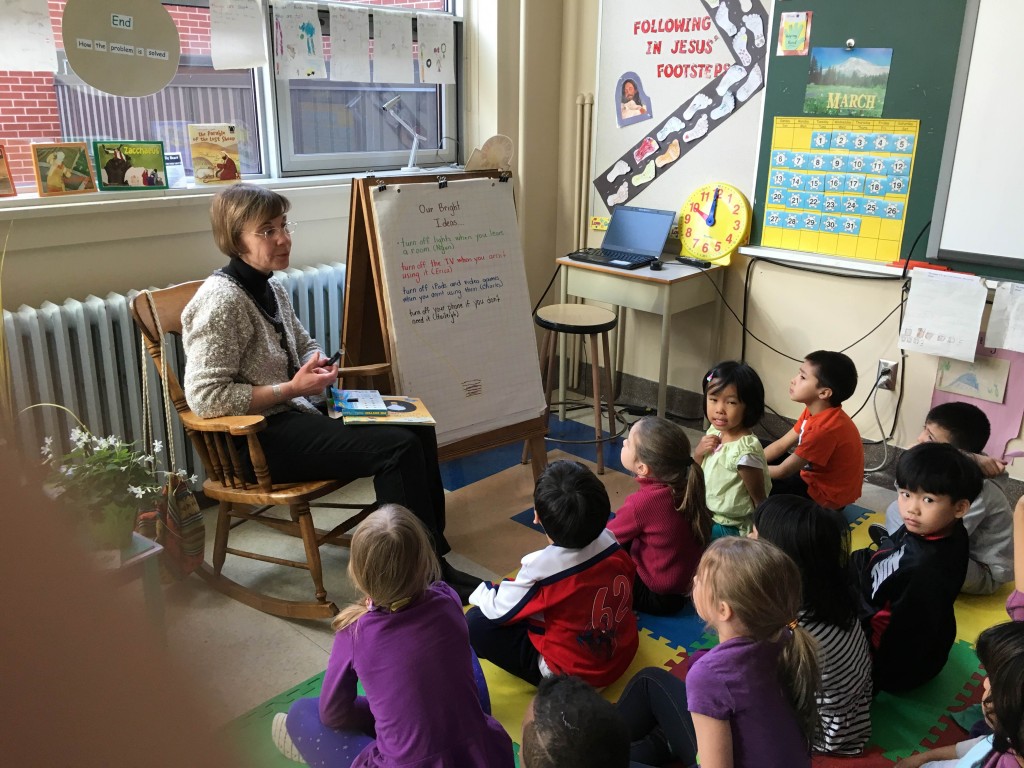







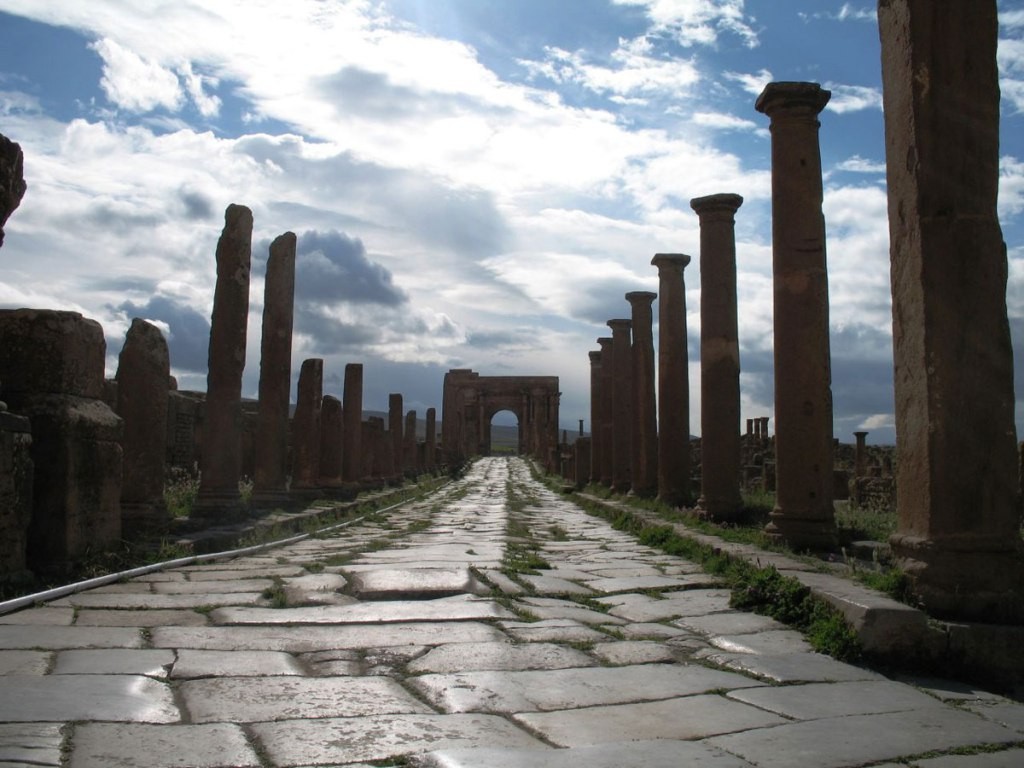

 Venn Diagram
Venn Diagram

